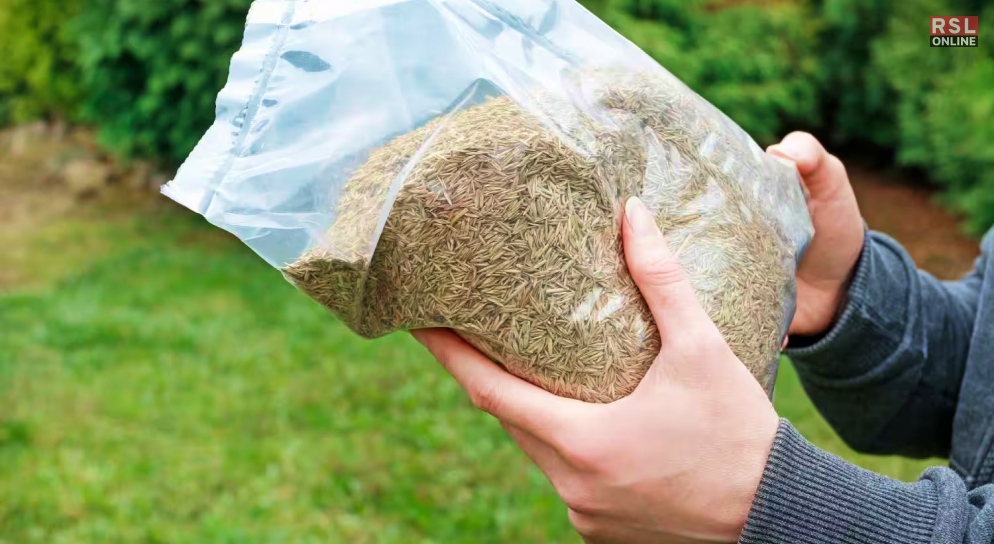Picture this: a lush, vibrant lawn stretching as far as the eye can see, the perfect backdrop for picnics, games, and relaxation. Achieving such green glory often begins with a simple yet crucial factor—grass seed. These can be of any type— from normal to spray-on grass seeds!
But have you ever wondered how long those tiny seeds can stay viable, waiting for their chance to transform your patchy lawn into a carpet of green?
In this article, I will delve deep into the world of grass seed longevity. So, whether you’re a seasoned gardener or a newbie with a green thumb, let’s explore the mysteries of how long grass seed lasts and how to make the most of it.
So, keep on reading this blog till the end to learn how long does grass seed last…
Understanding Grass Seed Lifespan
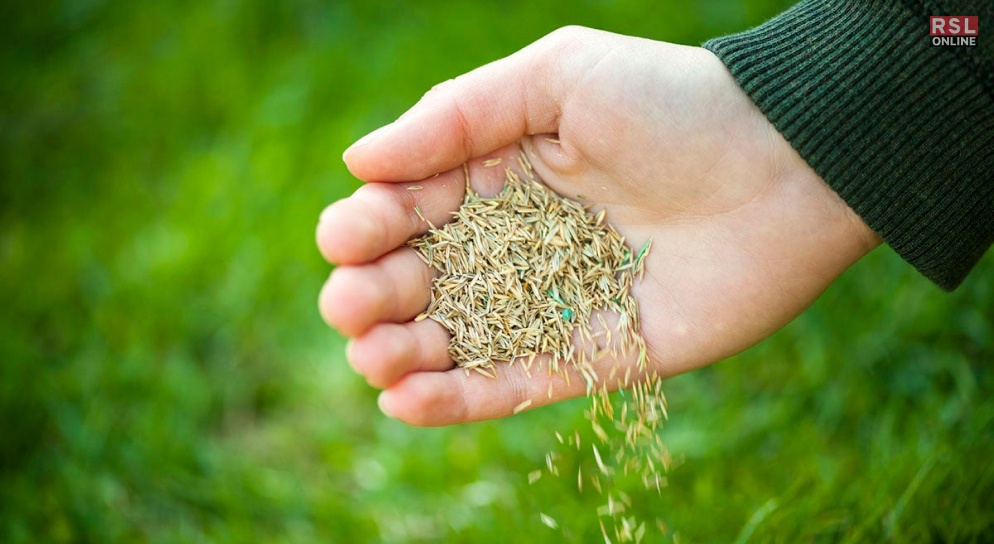
Before we get into the nitty-gritty details, it’s essential to understand what we mean by the lifespan of grass seed. Grass seeds, like any other organic material, have a finite period during which they remain viable for germination.
This period is influenced by various factors, including the type of grass, storage conditions, and seed quality.
Factors Affecting Grass Seed Longevity
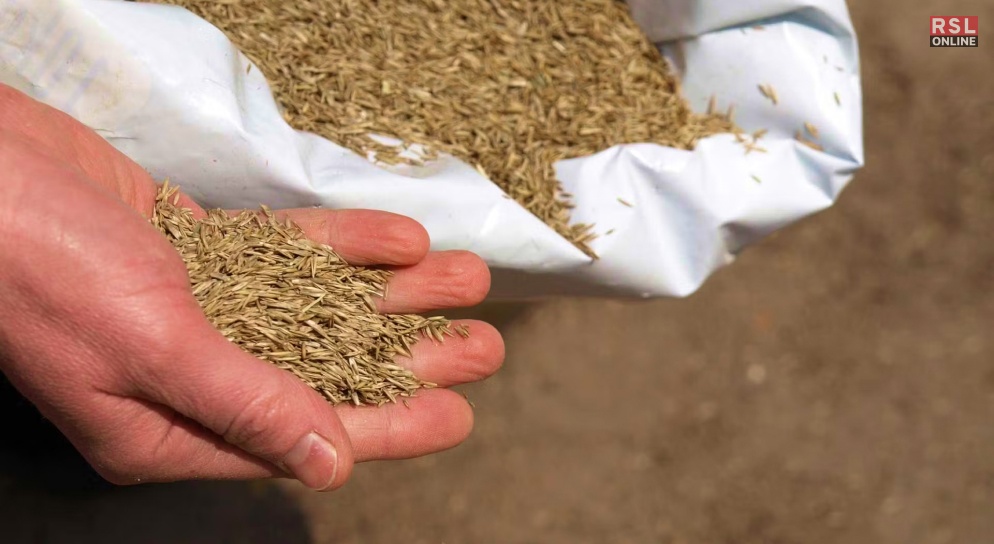
When it comes to the longevity of grass seed, several factors come into play. Understanding these factors can help you make informed decisions about when and how to use your grass seed to achieve the greenest, healthiest lawn possible.
1. Grass Type
The type of grass you’re dealing with is a major factor in determining seed longevity. Different grass species and varieties have varying levels of hardiness and resilience, and this extends to their seeds as well.
- Cool-Season Grasses: Varieties like Kentucky bluegrass, perennial ryegrass, and fine fescue are popular choices for lawns in cooler climates. These grasses generally have a shorter seed lifespan compared to warm-season counterparts. Cool-season grass seeds may remain viable for around one to three years, depending on storage conditions.
- Warm-Season Grasses: Grasses such as Bermuda grass, Zoysia grass, and St. Augustine grass thrive in warmer climates. Warm-season grass seeds tend to have a longer lifespan, often lasting up to four or five years or more if stored properly.
2. Storage Conditions
How you store your grass seed is absolutely crucial in preserving its viability. Seeds are sensitive to environmental conditions, so maintaining the right storage environment is essential.
- Temperature: Keep your grass seed in a cool place, ideally around 40°F (4°C). Avoid extreme temperature fluctuations, as these can reduce seed viability.
- Humidity: Moisture is the enemy of seed longevity. Ensure your storage area is dry and free from any leaks or humidity. You can use moisture-absorbent products, like silica gel packets, to help maintain low humidity levels.
- Airtight Containers: Store your grass seed in airtight containers or bags to prevent moisture from infiltrating. This will also help keep pests away.
3. Seed Quality
The quality of the grass seed you purchase plays a significant role in its longevity. High-quality seeds typically have a longer lifespan compared to lower-quality or older seeds.
- Purity: Look for grass seeds labeled with high purity. This means it contains fewer weed seeds and other contaminants that could affect germination.
- Germination Rate: The germination rate indicates the percentage of seeds that will successfully sprout. Higher germination rates often correspond to better seed quality.
4. Age Of The Seed
Freshness matters when it comes to grass seed. Generally, freshly harvested grass seeds have higher germination rates and, consequently, longer lifespans. Over time, seeds naturally lose their vigor, making them less likely to sprout and establish healthy grass.
While the average lifespan of grass seed is around two to three years, this duration can vary depending on factors such as grass type, storage conditions, seed quality, and the age of the seed.
By understanding these factors and taking steps to ensure optimal storage, you can maximize the longevity of your grass seed. Remember that a well-maintained lawn starts with quality seed, and proper care from the moment of purchase to planting is essential to achieve that lush, green paradise you’ve been dreaming of.
Typical Grass Seed Lifespan
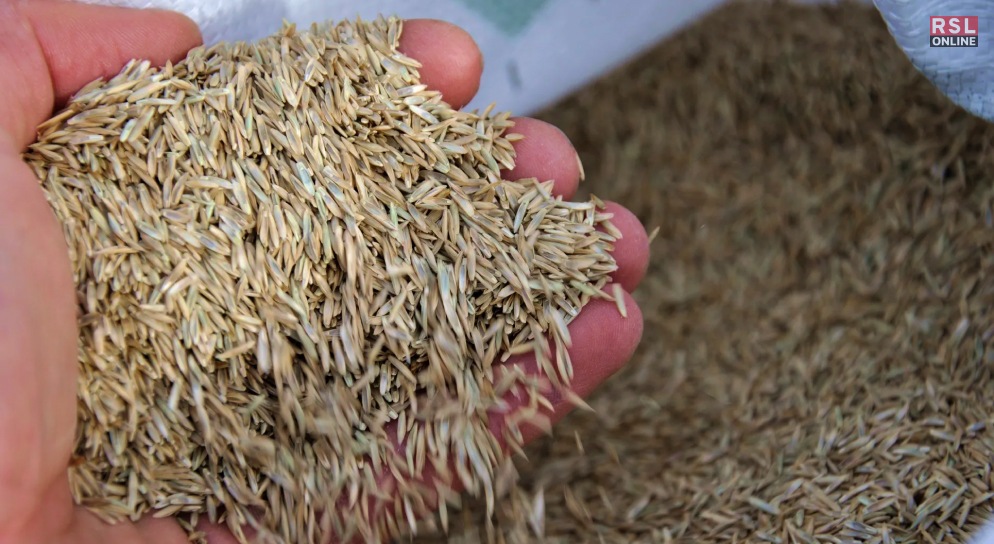
Now that I have touched on the factors influencing grass seed longevity, let’s dig a little deeper into what you can expect regarding the typical lifespan of your grass seed.
On average, most grass seeds retain their viability for approximately two to three years. This means that if you’ve purchased a bag of grass seed, you can generally count on it being effective for planting over the next couple of years. However, this is a rule of thumb and can vary depending on several factors.
The type of grass you’re working with plays a significant role. Cool-season grasses like Kentucky bluegrass, fine fescue, and perennial ryegrass often have a slightly shorter shelf life compared to warm-season varieties such as Bermuda grass or Zoysia grass. Keep this in mind when planning your lawn maintenance or renovation projects.
Another key consideration is how well you’ve stored your grass seed. If you’ve kept it in optimal conditions—cool, dry, and in an airtight container—it’s more likely to retain its viability for the full two to three years. However, if your storage conditions have been less than ideal, the seed’s lifespan may be shorter.
Age also matters. Freshly harvested grass seed typically boasts a higher germination rate and, consequently, a longer lifespan. This is why it’s often recommended to use up your grass seed within a few years of purchase and purchase new seed as needed.
Remember that while the two to three-year guideline provides a good reference point, it’s not a strict cutoff. Some seeds may still germinate successfully after this period, especially if they’ve been stored exceptionally well. On the flip side, seeds exposed to unfavorable conditions may lose their viability sooner.
Extending Grass Seed Longevity: Making Your Seed Last
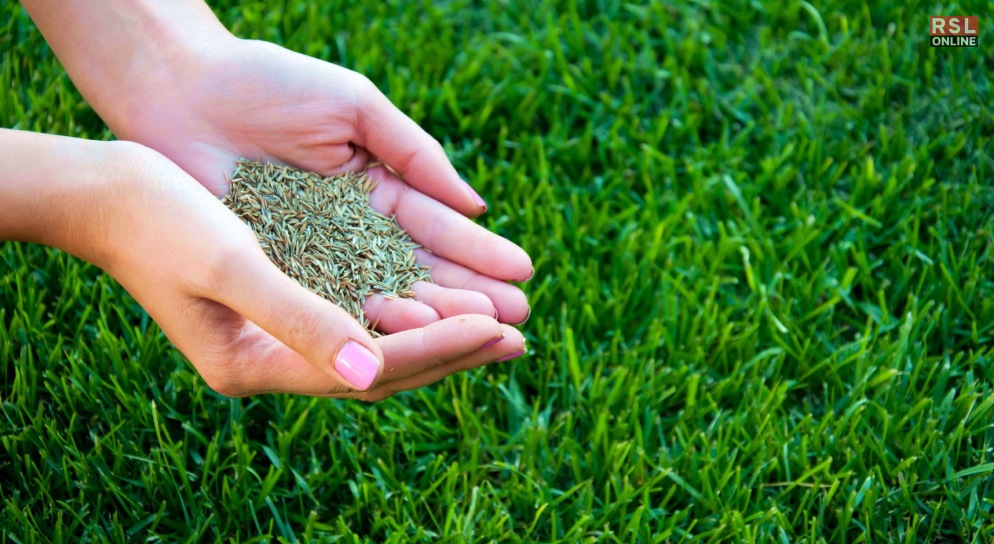
After searching for “how long does it take for grass seed to grow,” people often search for the tips to make the grass seeds last long!
So, you’ve got that bag of precious grass seed, and you want it to last as long as possible to keep your lawn looking pristine. To make your grass seed go the extra mile, follow these tips that are as simple as they are effective.
1. Proper Storage Is Key
Imagine your grass seed as a fine wine; it needs a suitable environment to mature gracefully. The first rule is to store your grass seed in a cool, dry, and airtight container. Think of it as putting your seeds in a cozy, climate-controlled haven. The garage or a basement works well for this purpose.
2. Keep It Dry
Moisture is the arch-nemesis of seed longevity. Even a small amount of humidity can spell doom for your grass seed. Make sure your storage area is moisture-free and free from any leaks. Consider using moisture-absorbent products, like silica gel packets, to keep humidity at bay. It’s like giving your grass seed a protective shield against moisture-related decay.
3. Rotate Your Stock
If you have some grass seed left over after a planting season, don’t just forget about it in the corner of your garage. Consider using it in the next planting season. Fresh seed often has a higher germination rate, so using up your older seed first ensures you get the most bang for your buck with each planting.
4. Perform Germination Tests
If you’re unsure about the viability of older grass seed, a germination test can provide clarity. It’s like a quality check for your seeds. Here’s how you can do it:
- Take a small sample of the grass seed.
- Plant the sample in a separate container with soil.
- Keep it moist and watch for signs of germination over a couple of weeks.
By conducting this simple test, you can gauge the effectiveness of your older seed and decide whether it’s worth using or if you should invest in fresher stock for your lawn.
5. Consider Professional Help
If your grass seed has been sitting around for quite some time, and you’re uncertain about its viability, you might want to consult with a professional. A local nursery or a horticulturist can provide insights into whether it’s still suitable for planting or if it’s time to invest in new seed.
Making your grass seed last longer isn’t rocket science; it’s about creating the right conditions for it to thrive. Proper storage, keeping it dry, rotating your stock, and performing germination tests are all simple but effective ways to extend the lifespan of your grass seed.
With these strategies in your gardening toolkit, you can ensure that your lawn stays lush and green for seasons to come, all while making the most of your investment.
Grass Seed Types With The Longest Lifespan
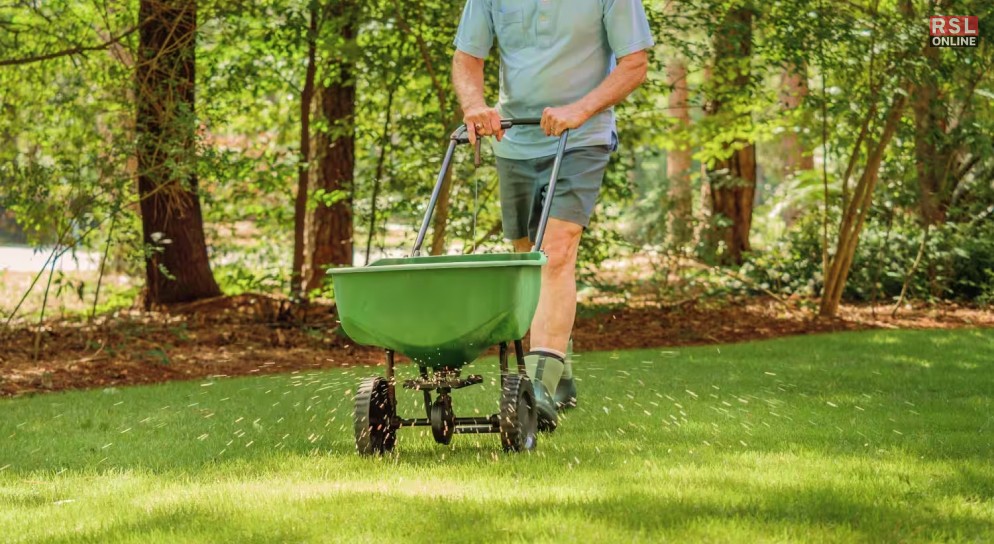
When it comes to selecting grass seed types with the longest lifespan, it’s essential to consider factors like climate, soil type, and intended use. Here are five grass seed types known for their durability and longevity, along with a brief explanation of each, all presented in a casual and SEO-optimized manner.
1. Kentucky Bluegrass
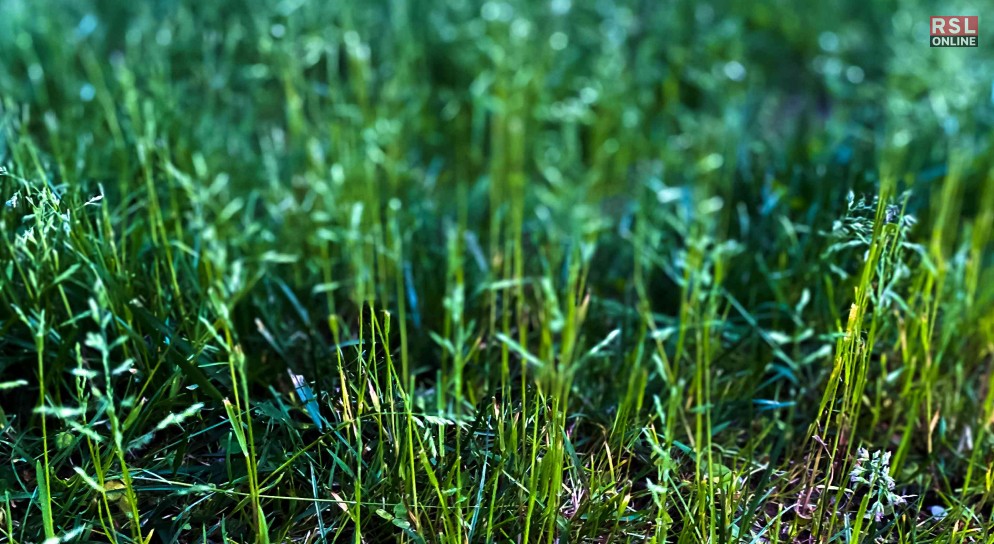
Kentucky Bluegrass is a popular choice for its rich green color and adaptability to various climates. It’s a cool-season grass that excels in regions with cold winters and moderate summers. Kentucky Bluegrass seeds are known for their longevity, often remaining viable for up to five years when stored properly. They create a dense, lush lawn that can withstand heavy foot traffic.
2. Fine Fescue
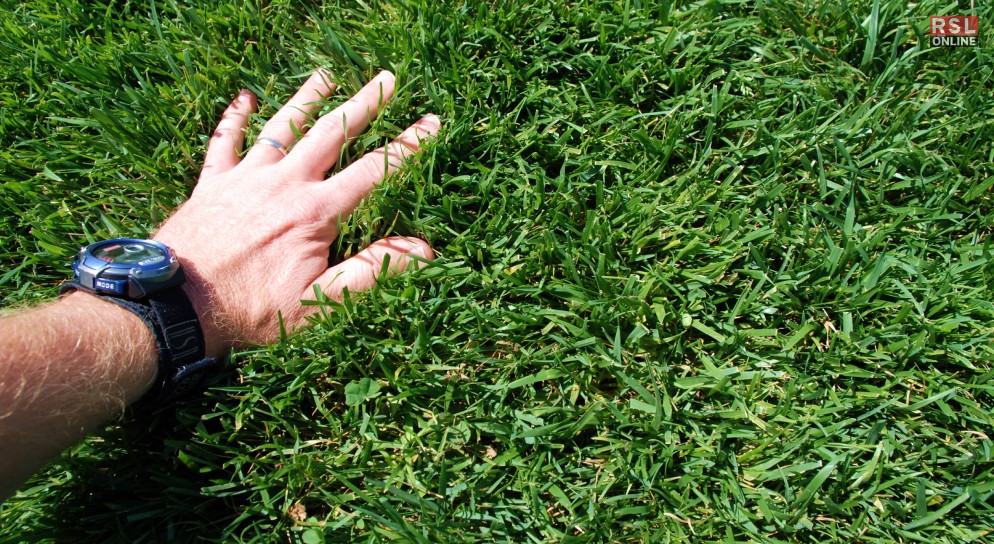
Fine Fescue is another cool-season grass type, prized for its ability to thrive in shady areas and its resistance to disease. The seeds of fine fescue grasses, such as creeping red fescue and chewings fescue, can remain viable for up to three years or more. This makes them an excellent choice for lawns with varying levels of sunlight.
3. Perennial Ryegrass
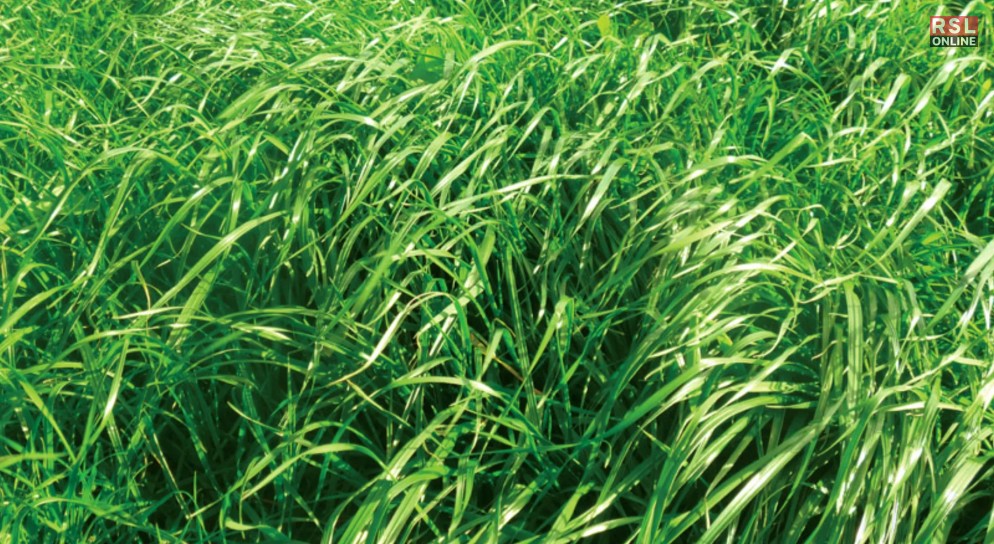
Perennial Ryegrass is known for its quick germination and beautiful dark green appearance. It’s often used in seed mixtures for overseeding existing lawns or establishing new ones. Perennial Ryegrass seeds typically have a lifespan of around three to five years. They’re an ideal choice for regions with cold winters and mild summers.
4. Turf-Type Tall Fescue
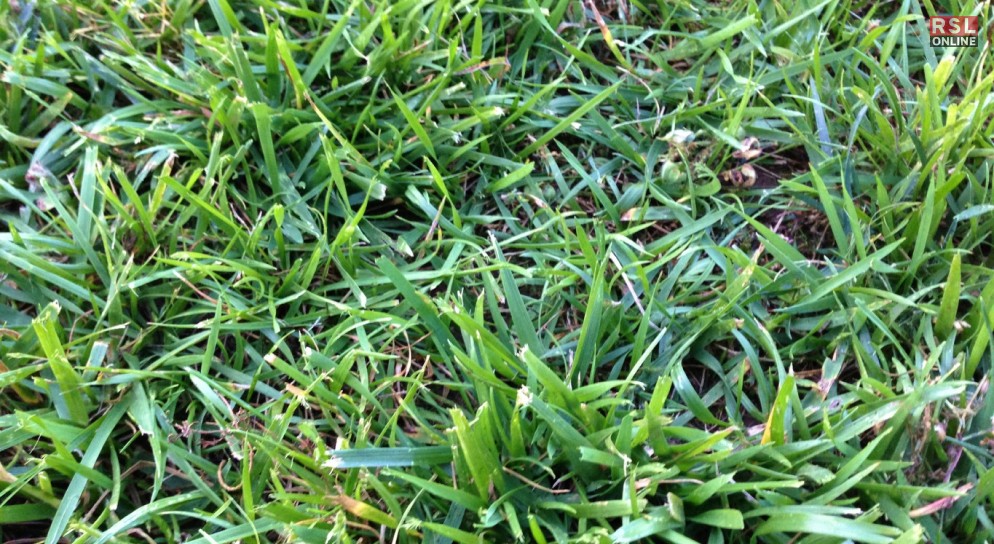
Turf-Type Tall Fescue is a versatile grass type that adapts well to both cool and warm climates. It’s known for its drought tolerance and resilience. The seeds of Turf-Type Tall Fescue can maintain viability for three to four years when stored correctly. They’re an excellent choice for lawns that need to withstand heat and occasional water scarcity.
5. Bermuda Grass
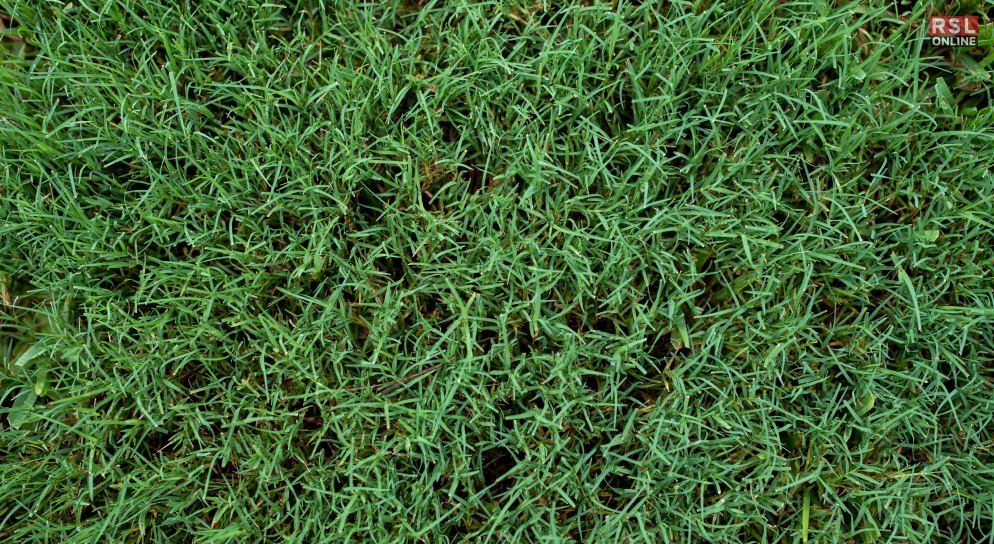
For warm-season regions with scorching summers, Bermuda Grass is a top pick. It’s known for its exceptional heat and drought resistance. Bermuda Grass seeds can last up to three years, making them a reliable choice for lawns in warm and sunny areas.
When selecting the best grass seed type for your lawn, consider factors like your local climate, soil conditions, and intended use. Proper storage is essential to maximize the lifespan of your grass seeds. Keep them in a cool, dry, and airtight container to ensure they remain viable for as long as possible.
In conclusion, these five grass seed types—Kentucky Bluegrass, Fine Fescue, Perennial Ryegrass, Turf-Type Tall Fescue, and Bermuda Grass—offer durability and longevity, making them excellent choices for various lawn projects. By selecting the right grass seed type and providing proper care, you can enjoy a beautiful and resilient lawn for years to come.
Read More: Easy Solutions For Managing Garden Waste
Conclusion: Sowing The Seeds Of Lawn Success
Understanding the typical lifespan of grass seed can help you plan your lawn care projects effectively. Whether you’re overseeding an existing lawn or starting from scratch, keeping an eye on the age of your seed and providing optimal storage conditions can go a long way in ensuring your grass seed reaches its full potential for creating a lush and vibrant lawn.
In the quest for a lush, green lawn, understanding the lifespan of grass seed is a valuable tool. While most grass seed remains viable for around two to three years, proper storage and care can extend its longevity.
So, whether you’re planning a lawn makeover or simply maintaining your existing turf, keep these insights in mind to make the most of your grass seed investment. With the right knowledge and care, your lawn can become the envy of the neighborhood, one blade of grass at a time. If there are any other queries related to the topic, feel free to let me know. All that you need to do is scroll down till you reach the bottom of the page. Then leave your comments and queries in the box below. And I will be there to answer them all for you. Till then, happy gardening!
Read Also:

















